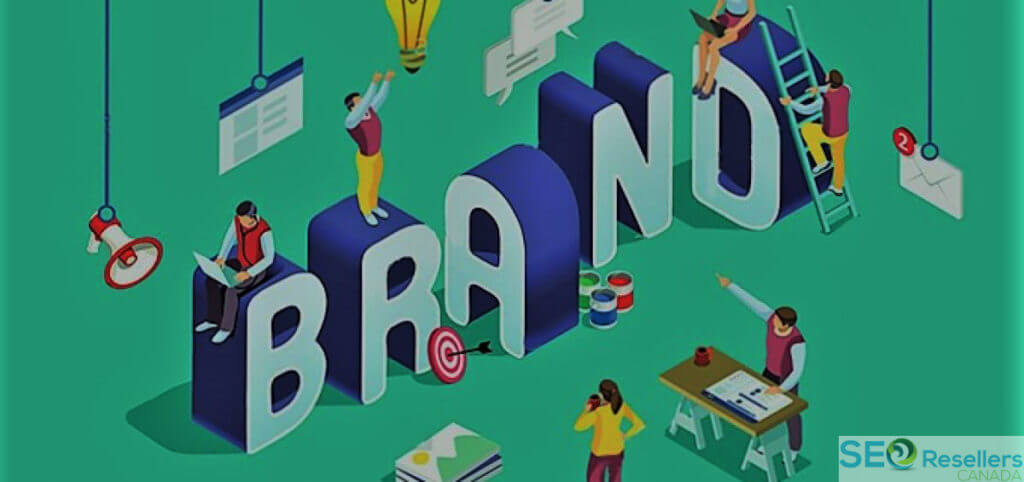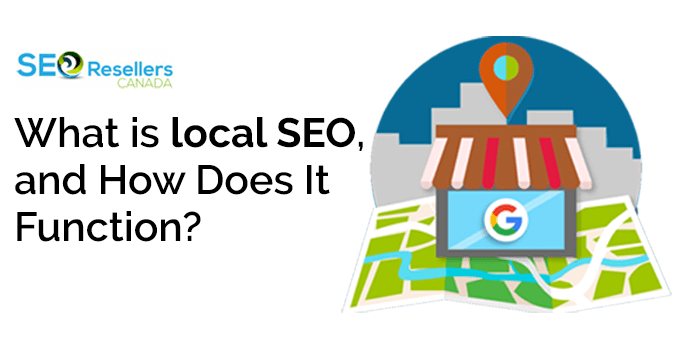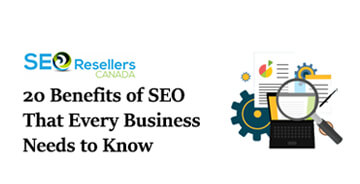Many prospects who are interested in awarding business to an SEO agency will often have this question. ‘What is SEO, and how do you get maximum leverage from it?”.
Today we look at the basics of SEO and what techniques are used in order to get maximum results from the inbound marketing technique.
When it comes to the search engine optimization’s return on investment (ROI), there isn’t a one size fits all approach. ROI differs depending upon many things, including your business type or model (e.g. local, e-commerce, SAAS), vertical (e.g. finance, fashion, electronics), marketing channel (e.g. PPC, SEO, social media) to name a few.
1- The Basics Explained
SEO stands for Search Engine Optimization. It is the way businesses land on the first page on Google search engine results. Now, you may have the question – why is it important to be on the first page?
The answer to this is simple.
Whenever a user searches for information on Google, he/she doesn’t go beyond the 1st page of the search results, as all the relevant and meaningful information is held on the 1st page itself.
Therefore, the user will discover businesses listed on the first page of the search engine results and not even know about the existence of a company appearing on page 3 or 4 of the results pages, as he/she never goes to the 3rd or 4th page.
From a business perspective, the advantages of landing on the 1st page of Google’s results become immediately visible.
If the SEO of a company is strong, then it is rewarded with a higher ranking on the search engine results page (SERP).
At such elevated positions, the likelihood of site visits increases dramatically (as compared to a company that is appearing on the 3rd or 4th page of Google SERP).
While site traffic increases via Google and other search engines, the degree of engagement rises significantly as compared to other competitors.
As a result, your company stands the maximum chance of converting a total stranger to a loyal customer, all because your brand ranked on the 1st page of Google SERP.
That is the power of SEO.
1.1- How is this done?
Now that you know the value of SEO as a marketing success driver, it is time to understand what constitutes a good SEO strategy. A good strategy will help the search engine bot to:
-
- 1. Better understand what the site is about & if it matches with user’s search intent
-
- 2. Determine how easy it is to navigate the website and how fast it loads
- 3. Check if there are good quality links to authoritative sites in the same domain or industry
If your website and SEO actions tick all these boxes, then it will be rewarded with a higher search engine ranking.
2- What factors can be part of your SEO strategy?

A good SEO strategy will be well rounded to factor for both on-page SEO (the optimization that happens on your own website) as well as off-page SEO (the optimization that happens outside of your website)
2.1- Content optimization

Keyword-rich content plays a primary role in enhancing rankings for your brand. Helpful, meaningful, and relevant content such as blogs, articles, whitepapers, case studies, how-to tutorials, and videos can elevate your sites ranking in a dramatic way.
Make sure to include keywords (i.e. the search query that the user puts in the search bar to find businesses like yours).
One critical point to note is that the focus should be on readers and not on Google when you draft the content. Focus on readability first and keywords later.
Just one blog post will not show any results for you. You need to keep posting fresh and helpful content regularly to improve your chances of acquiring customers with this inbound marketing technique.
2.2- Tags and other on-page optimization

A lot of elements on your website can be optimized to help Google understand your business well and rank it higher for a relevant search query.
2.2.1- Image alt tags
When you provide extra alt text to images, google search bots can better index it and determine if it is relevant to the search query or not.
2.2.2- Title tags
This is the place which informs Google what the page is about. Typically, it should be 70 characters or less. It should ideally include the primary keyword.
2.2.3- Meta description
This provides more in-depth information to readers for what the page is about. Typically, this tag comprises of 155 characters of content.
2.2.4- Sub-headings
This not only improves readability by breaking content into digestible sections but also improves rankings.
2.2.5- Internal links
This lets you link to internal pages within the content. So, if a blog is about mobile app development, you can place a link to your mobile app development services page.
3- Links and other off-page optimization

There are three ways you can optimize off-page and try to earn better rankings
3.1- Trust
Taking a cue from the spammy content and links used by dubious firms in the past, Google has tweaked its algorithm to reward only those businesses that manage to build trust with credible and compelling content that helps users.
As mentioned, one should avoid getting links from spammy sites or non-related sites. Getting good quality links from authoritative industry sites will signal to Google that your site too has helpful information and thus gain you brownie points.
3.2- Backlinks
Links have remained the cornerstone of a solid off-page SEO strategy for ages, and with good reason. The more high-quality links you have, the better its perception in the eyes of Google bot and thus fetch you higher rankings from Google.
Take time to build and nurture relationships with fans and influencers in the industry who are known to create great content. This will help your website be linked on their website.
3.3- Social
Social signals such as likes and shares also play an important role in improving the off-page SEO potential of a site. The more quality likes and comments you receive from industry influencers the better e your chances will be of massive outreach among the influencer’s fans and followers.
4- Build trust and reassurance
Whatever action you want a visitor to take when they reach your website, whether you want them to buy, contact or even share your content, they are much more likely to do so if they trust your website.
When it comes to e-commerce, a staggering 50% of people abandoned their purchase because they didn’t trust the site.
There are some simple but effective ways to build trust and reassurance to increase conversion rates and your ROI, such as:
- Display your contact details such as your address and phone number on every page of your site
- Feature customer reviews or testimonials. Try to include real names or a photo to give them a sense of authenticity
- Showcase any logos of awards you have won
- Display “as featured in” logos of any publications that you’ve been mentioned in
- If you’re selling a product, prominently display your payment method logos (Paypal, Visa, etc.) or site security features.
5- Obtain data and insights
The internet has changed how we do marketing. We have significantly more data available compared to traditional marketing methods, meaning marketing activity can be measured much more easily.
On a basic level, this means data can let you know how users found your site, what customers are looking for, or which keywords from Google are converting best or not converting at all.
You can use those insights to make changes and improvements.
On a more advanced level, it’s finding out through testing that adding an image of a smiling person to a site increased sign-ups by 102%.
There are a few ways you can obtain data:
- Add an analytics solution such as Google Analytics to your site
- Implement Google search console so you can get a better understanding of what keywords your site is appearing for in organic search results
- Survey customers for feedback to find out how you could improve your website/service/product offerings
- If you offer live chat support, look through the transcripts to see if you can identify problem points on your website which can be fixed
Data allows us to make more informed business decisions and increase returns for your company. However, data is only useful if it can be understood, interpreted and acted upon.
6- Consider using an exact match domain
If you’re yet to start your online business or are in the process of choosing your domain name, consider choosing an exact match domain for an increased ROI.
An exact match domain (EMD) is a domain name that exactly matches the searched keyword phrase of a user. For example, if a user searches for “credit cards” in Google, then an exact match domain for this query would be creditcards.com. EMDs can increase ROI in the following ways:
- SEO benefits Exact match domains carry advantages when it comes to SEO (ranking in Google) because Google takes into account the keywords used within the domain
- Trust and conversion benefits It can also help your website to gain almost instant trust and authority. Consider creditcard.com vs. brandnamecreditcard.com: users are psychologically more likely to find the former more credible because people tend to believe that the best companies own EMDs. This can often translate into higher conversion rates and increased revenue.
- PPC benefits When it comes to paying for clicks in the sponsored section at the top of the Google search results (known as PPC, or pay per click), using an EMD can increase your click-through rate, which helps to lower your cost per click. Over time, this can add up to a substantial saving depending on the search volume and the average cost per clicks.
7- Brand presence on search engines

If you have an online presence, and you do not appear high on search engines such as Google for your brand name, then you’re essentially burning money. People are looking for you for whatever reason, and you’re not making it easy for them to find you.
This is especially problematic if you’re running offline marketing campaigns to drive awareness and stimulate demand for your services. When users search for your brand off the back of this activity and are unable to find you, you’ve potentially lost a sale.
Many businesses can increase their returns by making sure they appear at the top of Google for their brand name by implementing pay-per-click (PPC) ads using Google AdWords.
8- Execution and expertise
When it comes to digital marketing, the biggest challenge that most businesses face is to have the proper expertise and know-how to successfully execute campaigns.
Almost anyone can “do” marketing, the same way anyone can throw a basketball, or hit a golf ball with a club. But not everyone can execute those anywhere near the standard that Michael Jordan or Tiger Woods could.
The most significant returns businesses can see from their digital marketing efforts are from hiring the right expertise to deliver and drive those campaigns.
Hire internally, hire a freelancer or appoint a digital marketing agency. Make sure you get somebody who knows what they are doing.
9- In conclusion
These techniques can easily be implemented into your website and as a part of your off-page SEO strategy as a DIY.
In case you need experts to make a marked difference to your online marketing then it makes total sense to connect with a reputed SEO agency that has a proven track record in full-fledged SEO campaigns geared to maximum success online for your brand.
Editor’s Note: This post was originally published on October 21, 2019, and has been completely revamped and updated for accuracy and comprehensiveness.













